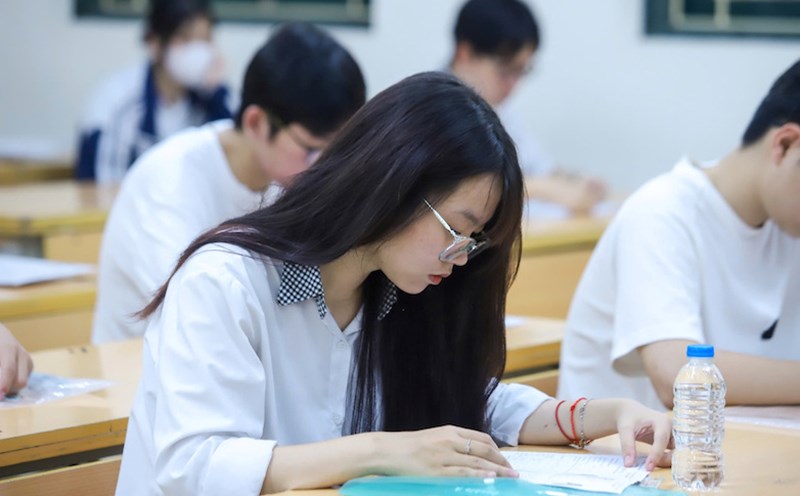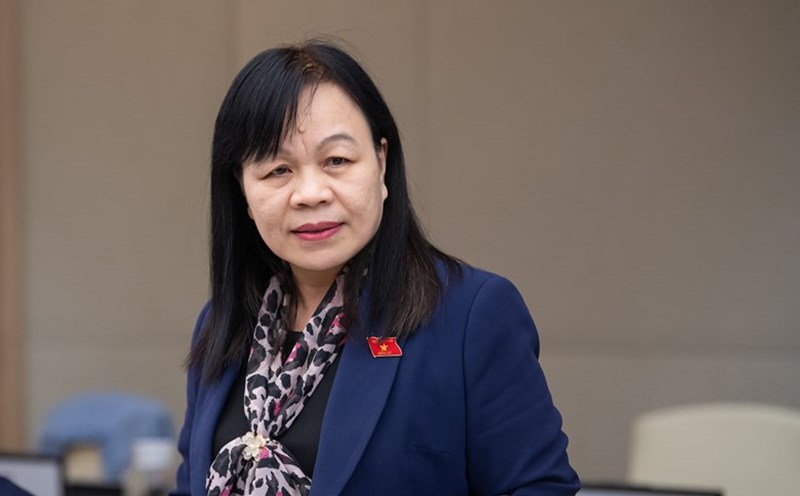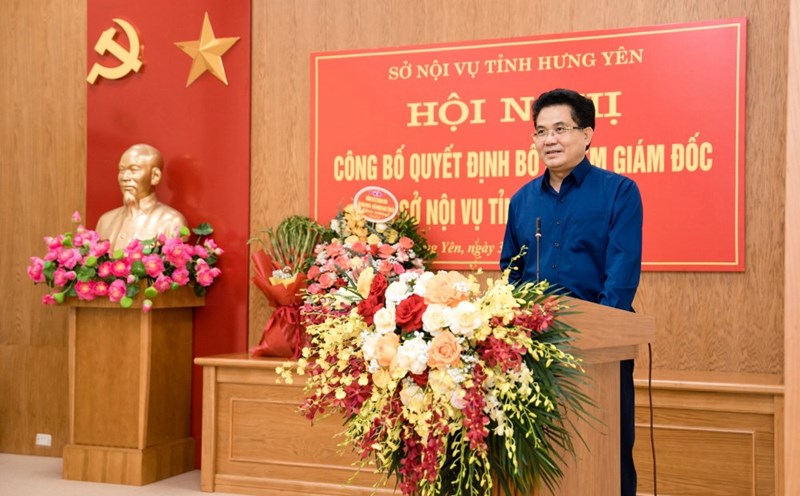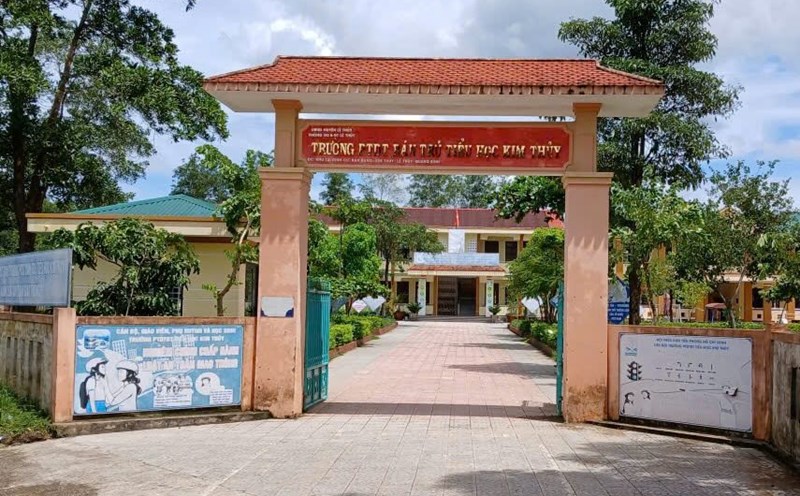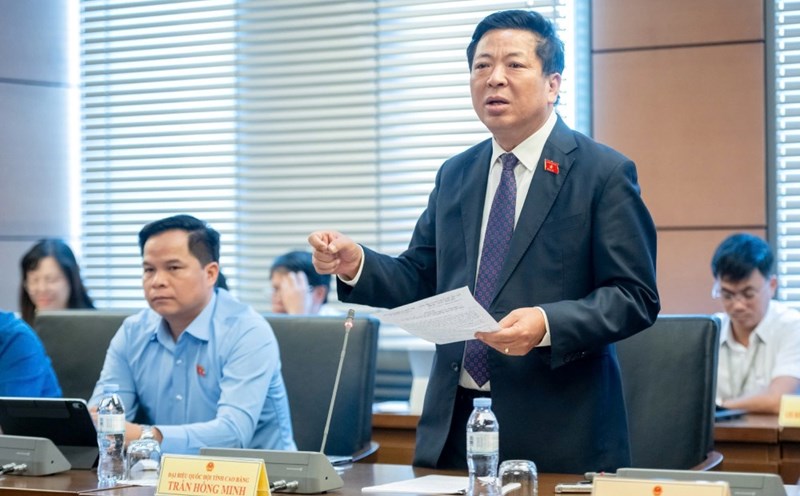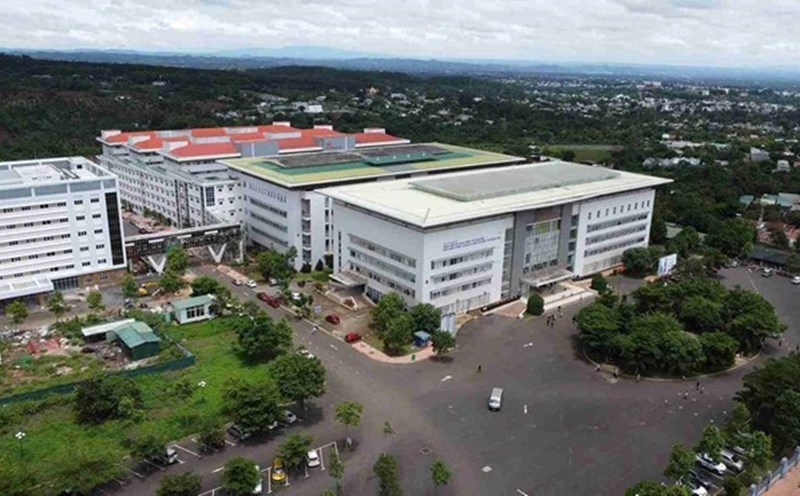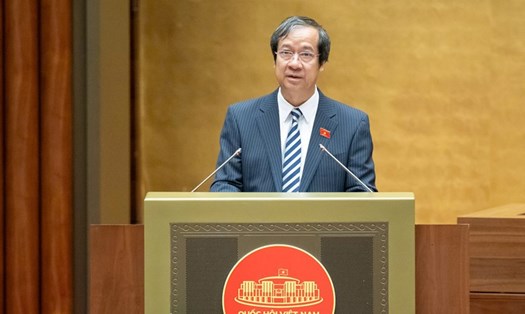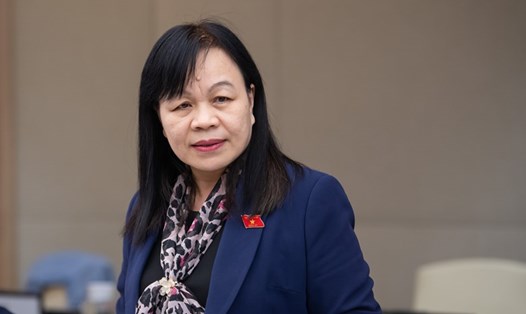Adding types of vocational secondary schools
Minister of Education and Training Nguyen Kim Son this morning (October 22), presented to the National Assembly a Report on 3 projects: Law amending and supplementing a number of articles of the Law on Education; Law on Higher Education (amended); Law on Vocational Education (amended).
With the Draft Law on Vocational Education (amended), a notable new point is the addition of a new type of vocational education, which is vocational secondary school, and at the same time affirms that vocational education is "the key in developing a highly skilled workforce, prioritized in socio-economic development strategies and in allocating the state budget".
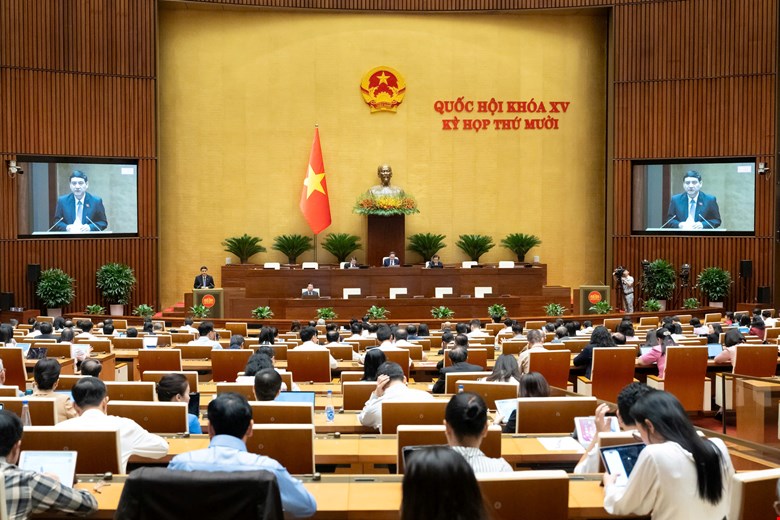
According to the provisions of the draft, vocational secondary schools are vocational training institutions organized under different names including vocational secondary schools, technical high schools, art high schools and other secondary schools suitable for the field or group of majors and professions in training.
Minister of Education and Training Nguyen Kim Son affirmed that the model of vocational secondary school with high school is both to promote the efficiency of traffic flow and career guidance, and to contribute to the popularization of high school education, while providing a source of young human resources with vocational skills for national development.
The addition of vocational secondary schools also aims to improve the national education system in the direction of increasing connectivity between high school education and vocational training. With the new model, postgraduate students have more options, both continuing to study in high school and learning vocational skills. This is a new model to improve the efficiency of students' orientation after high school, especially for specialized training, including the field of arts.
In addition to the addition of the vocational secondary school model, in order to improve the quality of vocational education, the draft law has added many important and new contents compared to the current Law on Vocational Education such as: granting autonomy to institutions, expanding the type of institution participating in vocational education, allowing schools, centers, enterprises, cooperatives and other organizations to participate in training;
Clearly establish the role of enterprises as an important subject in participating in program development, teaching, organizing internships, and evaluating results; the mechanism for establishing a human resource training fund for enterprises to proactively share the responsibility of training highly skilled human resources;
Regulate vocational training institutions, training programs; supplement the institutions of lecturers and teachers in a single body, contributing to improving training quality; expanding foreign investment cooperation...
Proposal to determine the position of vocational secondary school qualifications in the level/level system of the Vietnam National qualifications Framework
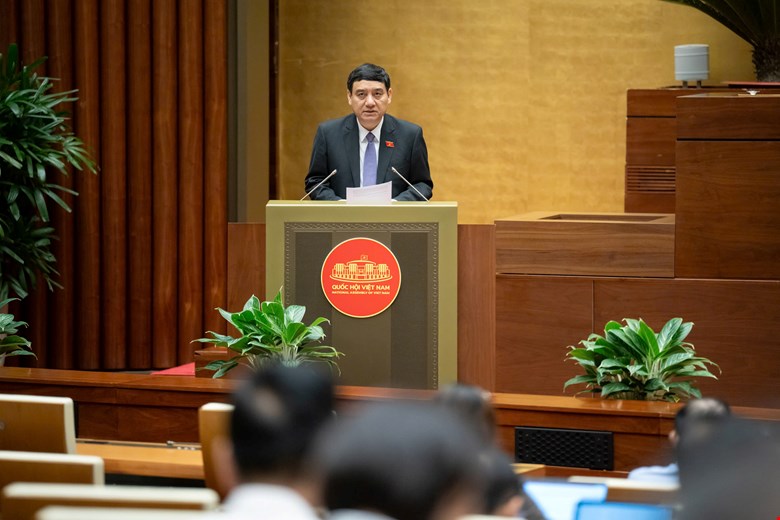
In the review report, Chairman of the Committee for Culture and Society Nguyen Dac Vinh said that the Committee basically agrees with the general groups of policies in the draft Law (Article 5).
The addition of new policies requires resources for implementation, so it is necessary to assess the impact to serve as a basis for competent authorities to consider and decide. Research and supplement policies to attract businesses to participate in vocational education activities to link training with production and business.
The Committee basically agrees with the provisions of the draft Law on training programs, goals and certificates in vocational education. However, it is proposed to determine the position of vocational secondary school level in the level/level system of the Vietnam National qualifications framework; clarify the regulations on integrating core knowledge of the high school program and vocational expertise in the vocational secondary school education program. Clearly stipulate the input standards, training time, output standards of intermediate programs and vocational secondary programs to facilitate traffic flow and connection with higher levels; clarify regulations on vocational high school graduation exams.
Regarding the vocational secondary school model, the Committee proposed to study the policy, regulate the roadmap for arranging vocational education - continuing education centers into vocational secondary schools, and agree on the policy of network arrangement. Supplementing the vocational education model (collegged training) in higher education institutions, especially for engineering - technology majors.


